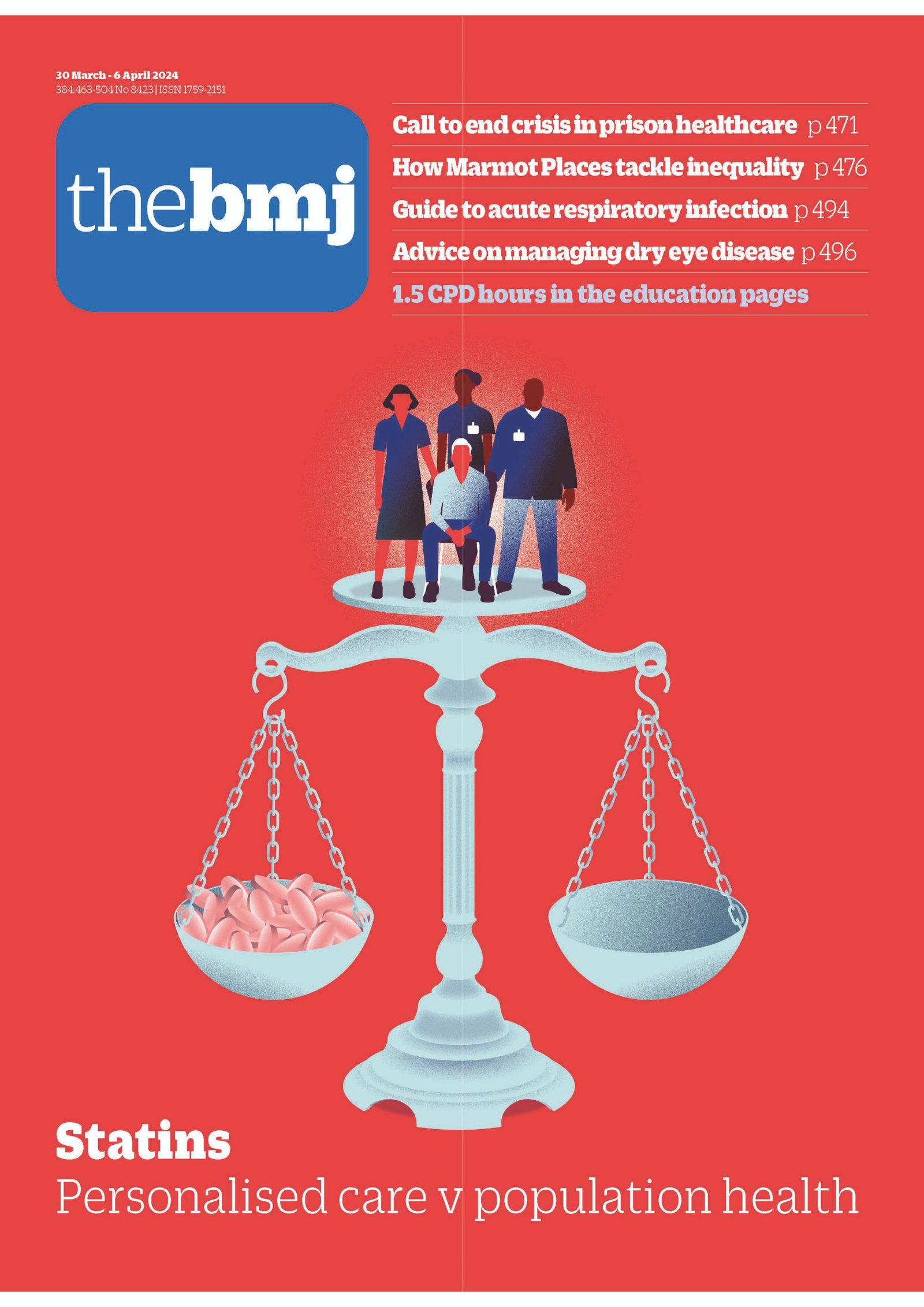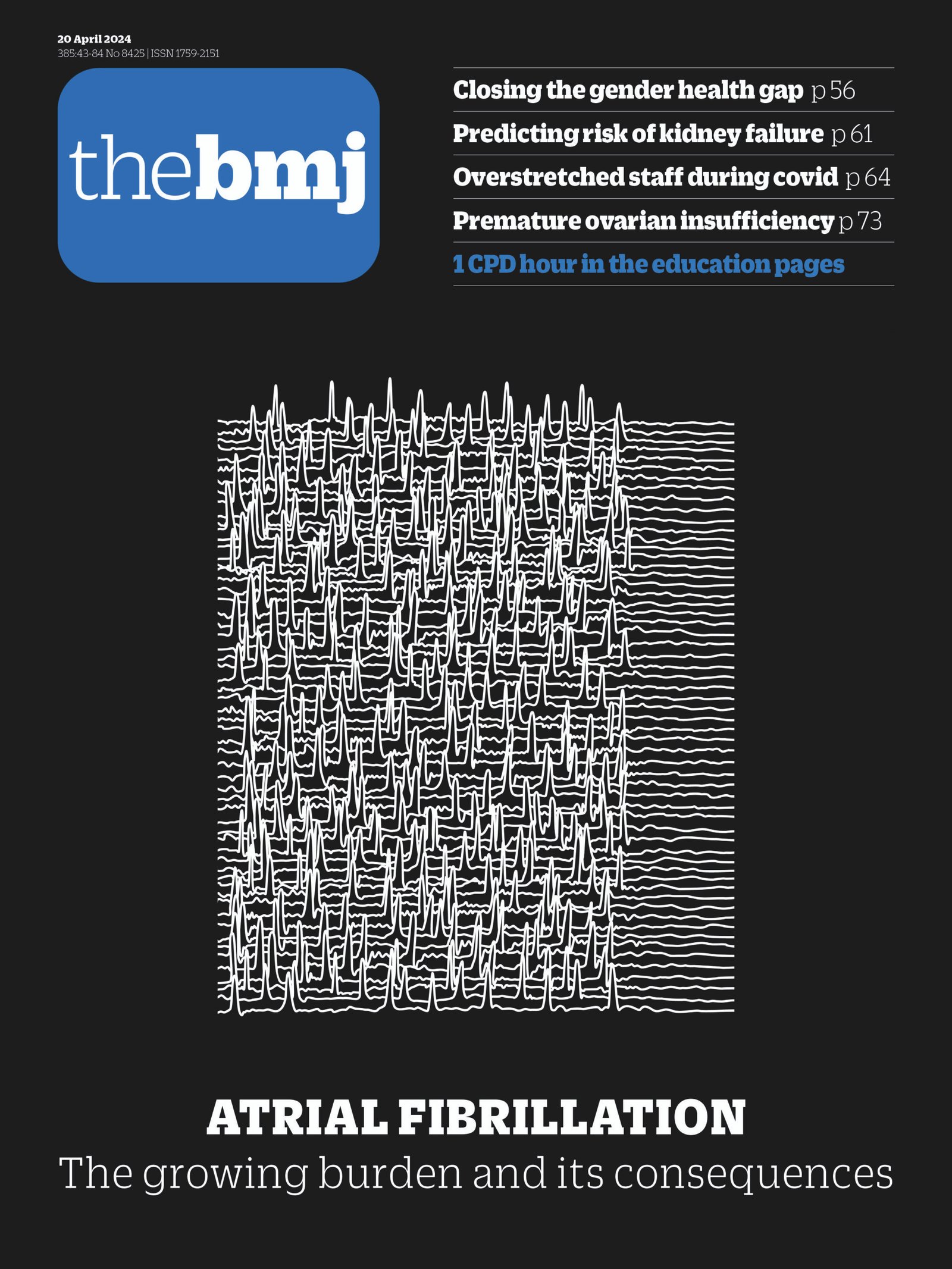If you’ve ever stood up too fast and felt dizzy for a moment, you know how disorienting that can be.
This happens because your blood pressure drops and your blood moves to the lower part of your body when you stand up. Sometimes, it can take a second for your system to increase your heart rate and get the blood flowing to your brain — which is why you feel lightheaded.
An occasional spell of dizziness when standing up is usually not cause for concern. But for people with postural orthostatic tachycardia syndrome (POTS), standing up can cause a wide range of problems including fainting, and it can have a serious negative effect on your quality of life.
As many as 3 million people in the U.S. have POTS, and most of them are women and people assigned female at birth. If you think you may have POTS, or know someone who does, here’s what you need to know about this health condition.

What is POTS?
Postural orthostatic tachycardia syndrome (POTS) is a condition that causes your heart rate to go up more than 30 beats per minute, and your blood pressure to go down when you stand up.
Basically, the disorder affects the autonomic nervous system, which is responsible for regulating things like your heart beat and blood pressure. It may not sound that serious, but people with POTS can experience debilitating symptoms including rapid heartbeat (tachycardia) and extreme fatigue among other chronic problems.
What are POTS symptoms?
In addition to an increased/rapid heart rate, people with POTS can have a range of symptoms. These can include:
- Extreme fatigue
- Lightheadedness
- Brain fog, including focus and memory problems
- Nausea
- Headache attacks
- Sweating
- Shakiness
- Exercise intolerance (unable to do physical activity)
- A pale face
- Purple-tinged hands and feet when they are lower than the heart
The symptoms of POTS can get worse if you’re in the heat (even taking a hot bath) or standing a lot. Some women experience an increase in symptoms before their period starts and these can get worse if you’re not hydrated or if you need more salt in your diet.
What are the types of POTS?
There are three main subtypes of POTS. These are:
- Neuropathic: The small nerve fibers in your abdomen and legs have trouble carrying blood up from your lower body. This causes swelling in the legs, discoloration and less blood flow to organs around the stomach area can cause gastrointestinal problems.
- Hyperadrenergic: Standing up makes your blood pressure and norepinephrine (the fight-or-flight hormone) levels go up. This makes you feel dizzy and short of breath in addition to other symptoms.
- Hypovolemic: You have less blood in your system and fewer red blood cells. This can cause weak muscles and problems during exercise.
How is POTS diagnosed?
With all the different symptoms, it can be hard to get a diagnosis for POTS. For women and people assigned female at birth, the condition can be misdiagnosed for years and lead to a significant delay in care. Research shows women with POTS wait at least five years for a diagnosis compared to three years for men.
Two common tests used to diagnose POTS are a 10-minute standing test and a head-up tilt table test. The standing test is pretty much exactly like it sounds: Your healthcare provider (HCP) will measure your blood pressure, heart rate and other levels as you stand up from a relaxed position and continue to stand for 10 minutes.
The head-up tile table sounds more like something out of a magic act: You’re strapped on a table lying flat and the table is raised to an upright position. Your HCP will check your heart rate, blood pressure and other levels to see if you may have POTS.
Other tests and blood work may be ordered to look at the nerves that control the heart and control sweating.
POTS treatments
Since the exact cause of POTS is unknown, treatments can vary depending on symptoms. Treatment options to help manage POTS can include:
- Adding salt to your diet
- Staying hydrated and drinking about 64-80 ounces (about 2-2.5 liters) of fluid a day
- Wearing compression garments to push blood deeper into the veins
- Taking medication including beta receptor blocking agents
- Eating a high-fiber diet
- Incorporating exercise (or starting physical therapy if you have exercise intolerance) including isometric exercises to help push blood back toward your heart
What are POTS medical devices?
You can monitor POTS at home to help you identify triggers and lifestyle changes that may help with symptoms. You may want to consider getting a:
- Blood pressure monitor
- Heart rate monitor
- Finger pulse oximeter
- Smartwatch or smart ring to track your heart rate
Tips for POTS self-care
In addition to diet and exercise, there are some things you can do to help your overall well-being and minimize symptoms of POTS.
- Get enough sleep
- Try yoga or meditation to work on breathing techniques
- Join a POTS support group or consider counseling to talk about your condition
POTS can be difficult to diagnose and every case is different. If you’re experiencing dizziness, rapid heart rate or any other symptoms of POTS, talk to your HCP as soon as possible. Many people with POTS can manage symptoms with the right treatment plan.
From Your Site Articles
Related Articles Around the Web










